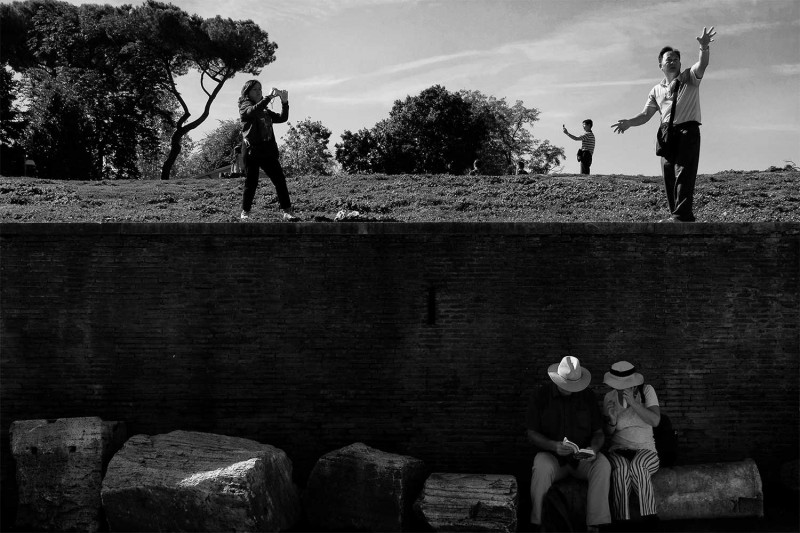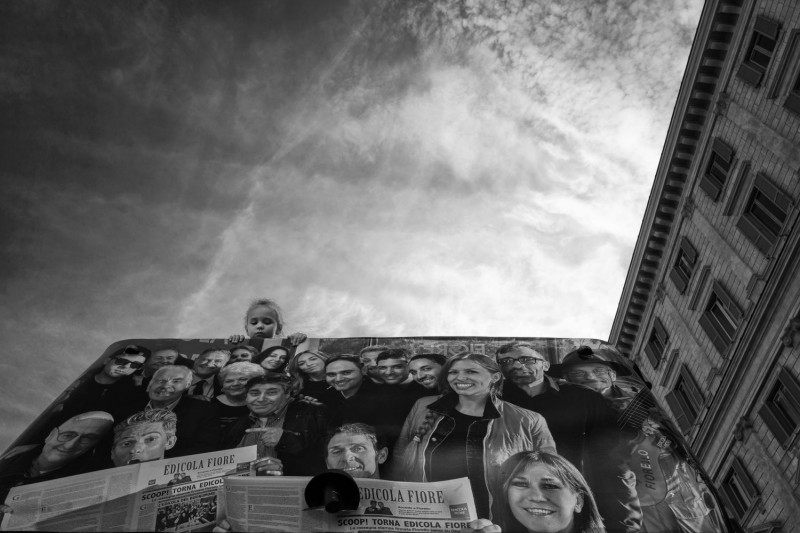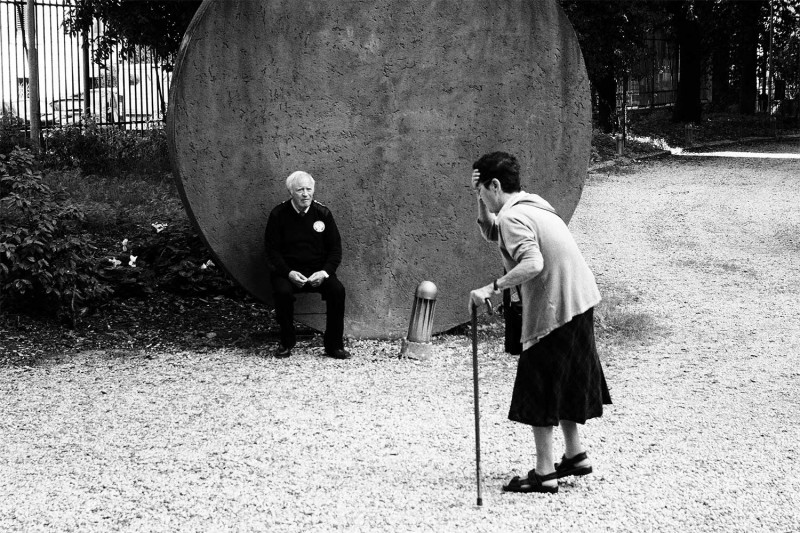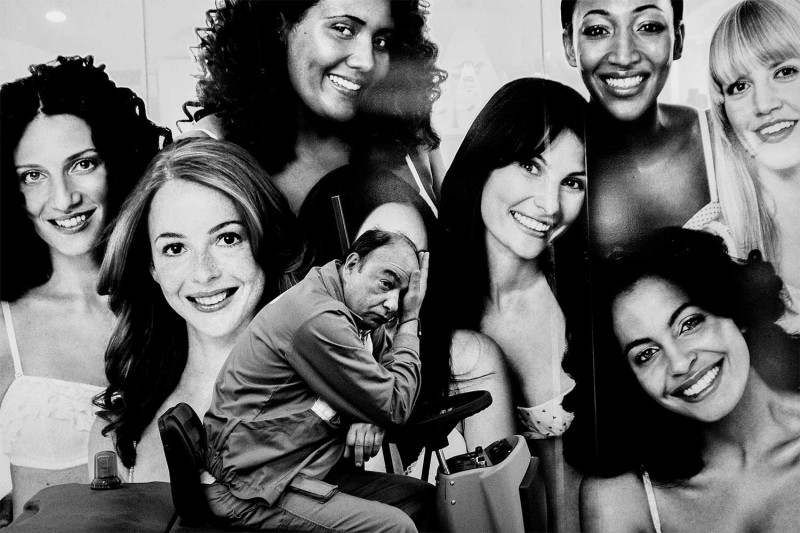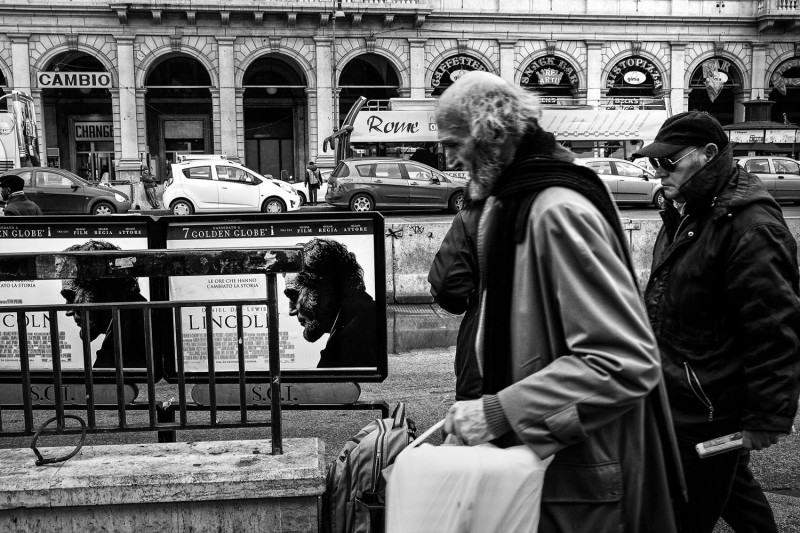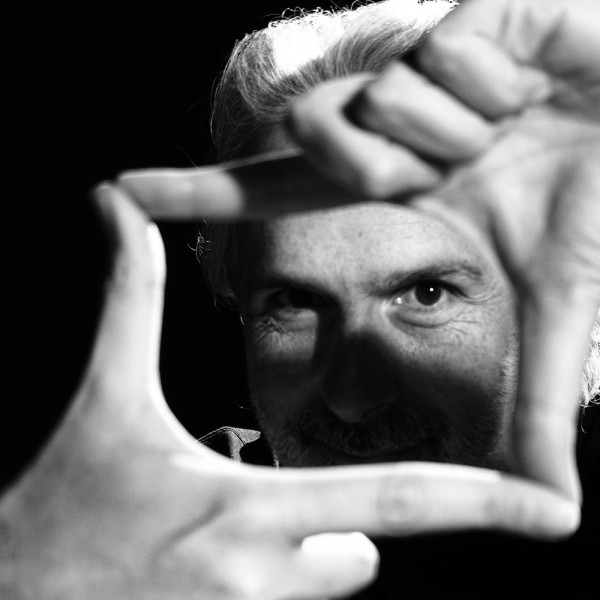Exploring the daily life
Exploring the daily life
Stefano Mirabella
September 18, 2018
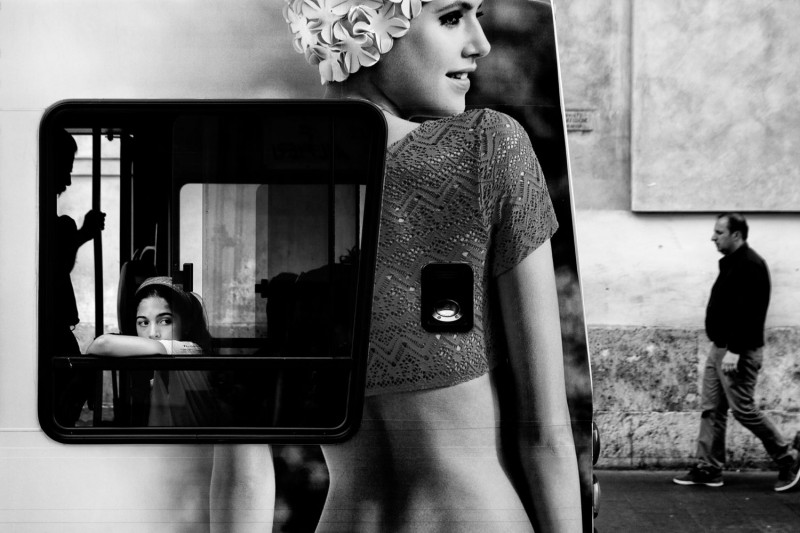
Stefano Mirabella: To begin with, I was totally fascinated by social reportage photography, thanks to the artists I had discovered in my foundation courses – especially Francesco Zizola, and also Paolo Pellegrin, Ivo Saglietti, Larry Towell, and many others. I got appreciable results and received some recognition, but I wasn't able to focus on the social issues to the extent that would allow me to create the reportage I wanted to make. Then, in 2011 – just as my passion for photography seemed at the risk of waning – I was thunderstruck by a style that I immediately considered to be extremely special: the genre of street photography. I first discovered the work of street photographers on the web, and they seemed like geniuses to me. Their ability to observe and reinterpret everyday life completely won me over. So I started taking pictures, initially with no particular awareness; I spent hours, so many hours, in the streets – first observing and then, after a while, taking pictures. Eventually, thanks to some opportunities as well as my exchanges with some very skilled street photographers, I was able to turn my passion into a job.
Your images depict incredible coincidences – sometimes they seem so bizarre that they almost look staged. How much time do you usually need to take this kind of photograph?
When a street photograph is done well, some doubts can arise in the mind of the observer concerning their authenticity and spontaneity – however, any respectable street photographer will have a deep-rooted need to never stage, alter or modify the scene that is being captured. Everyday life is a stage on which we each play a part. The photographer – or perhaps I should say, the ‘non-photographer’ – also enters this stage, and that is what fascinates me the most. I don't have to go to a photo studio to take pictures, nor travel to war zones to tell a story. All I have to do is explore everyday life, and embrace its anarchic nature and innate unpredictability. Developing an aptitude for discovering weird, strange, unusual, curious situations that are hidden just around the corner is the ‘non-photographer’s mission. To achieve this, and in order to avoid influencing the natural flow of daily life through your presence, you need to be as unobtrusive as possible. That's why the great Marco Pesaresi called himself a ‘non-photographer’, and I strongly agree with his attitude. Since I started to pursue street photography, I’ve rediscovered both the city I live in and the people in it, and I've also discovered new things about myself. The conception of my shots is always different. When I anticipate a scene with the aim of capturing a juxtaposition, I might end up waiting for a long time, while sometimes it only takes a few minutes before the scene I had envisioned is complete. Equally, you often don't have any time to think, you just act out of instinct and respond to the sudden circumstances the street offers.
Could you give us an example of an image that was very difficult to shoot?
A classic example is the shot of a little girl looking out of the window of a bus, which features an advert showing a beautiful woman, while a man walks past in the background (See first image on the right). There are several layers, several subjects and several aspects to manage within the space of just a few seconds, hoping that the scene doesn't change dramatically before you’re able to capture your best shot. Unfortunately, it is quite rare for these kinds of shots to turn out well.
Looking at your pictures, I see a wide range of people – from young children to old men. They are the leading actors of your composition. Do you have any favourite subjects?
I don’t have any specific preference – I love all people. And I don't choose my subjects on the basis of their features or their appearance, but only and exclusively because of the way they are related to the scene I want to portray.
In my opinion, the narrative in street photography is not about the people in and of themselves, but about the protagonists in relation to the environment that surrounds them.
Have you ever received feedback from someone you have captured in an image?
So far, I’ve never met anyone I previously portrayed, but maybe it will happen sooner or later. In fact, I’ve never even had a chance to speak to any of my subjects after taking the picture, because I prefer shooting as unobtrusively as possible – ideally without being noticed at all – and then keep on walking. I believe I can get better results and respect the people I portray by using a discreet, unobtrusive approach.
You seem to have a preference for shooting in black and white. Why is that?
Black and white is part of my visual culture, or rather the visual culture of the photographers who have influenced me. I think that, especially in Italy, black and white is a way to express yourself, to see the world and interpret it. It is strongly connected to Neorealism and the socio-cultural current that has influenced the country so profoundly since the 40s. However, I'm not one of those photographers who claim to see the world in black and white: I do also shoot in colour, especially more recently. In some situations, the colours become an essential part of the story we are narrating, and we must allow it to unfold.
Stefano Mirabella+-
Former Leica ambassador (2015-2018) Stefano Mirabella was born in Rome in 1973. He views photography as a synthesis of depicting reality and the ability to transcend it. He has been a member of the Italian street photographers’ collective SPontanea since 2013, and a tutor at Officine Fotografiche Roma since 2018. More

